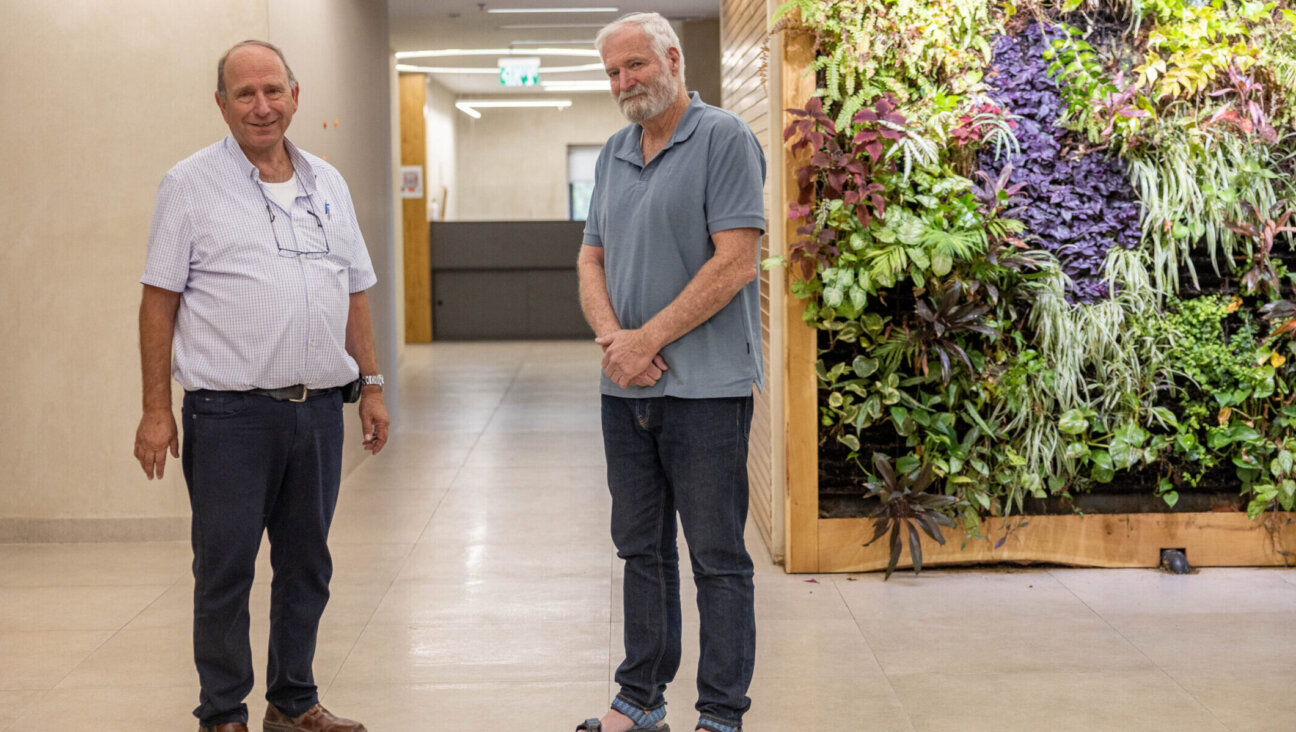Black History Museum Is Moving Ahead in Congress
With the opening of the United States Holocaust Memorial Museum in 1993, Washington gained a widely acclaimed museum lauded for its emotionally moving permanent exhibit. The launch of a government-sponsored institution devoted to a genocide perpetrated overseas also highlighted, if unintentionally, the absence of a major national museum addressing American slavery.
Now, however, as the Holocaust museum marks its 10th birthday, efforts to create a national museum devoted to the African-American experience — with slavery a central focus — seem to be making headway. And backers of the proposed museum say that the success of the Holocaust museum — which has received almost 19 million visitors since its opening — has contributed to their effort’s momentum.
A presidential commission charged with developing plans for a National Museum of African American History and Culture submitted its report to Congress last month. Commission member Robert Wilkins said that legislation to authorize the creation of a black-history museum could be introduced in Congress in the next two weeks.
Lead sponsors of the legislation, according to Wilkins, are likely to include Republican Senator Sam Brownback of Kansas and civil-rights movement icon Democratic Rep. John Lewis of Georgia. Both legislators, who sponsored the bill signed into law by President Bush in 2001 that created the planning commission, have pointed to the Holocaust museum as a model for the proposed museum.
“I think the success of the Holocaust museum, and the realization of how important that museum is and has become, has helped people understand better why you need this National Museum of African American History and Culture,” said Wilkins, a Washington attorney who has long been active in pushing for a the establishment of a national black-history museum. “And so, in that sense, I think that the Holocaust museum has helped advance the debate and helped generate more support and understanding for the need for this museum.”
The Holocaust museum’s chief of staff, William Parsons, said his institution is constantly hosting visiting delegations from a wide variety of planned museums who regard it as a “model museum for history and for telling a story.”
One key difference is that while the Holocaust museum is very narrow in its focus, the proposed black-history museum will have a much broader scope, more like that of the Smithsonian’s National Museum of the American Indian. Supporters of the black-history museum proposal said that their effort had been aided by the progress of both the Holocaust and Indian museums.
The Indian museum, established by Congress in 1989, with a branch on the Mall planned for next year, focuses on the history and culture of Indians throughout the Americas, with their suffering constituting “an element,” but not the dominant one, said museum spokeswoman Leonda Levchuk.
“Even though there’s been 250 years of enslavement, there’s been a history since, and there’s more to tell than just enslavement,” said black-history museum commission member John Fleming, vice president of museums for the Cincinnati Museum Center.
The black-history museum’s proposed mission statement promises that it will “give voice to the centrality of the African-American experience and will make it possible for all people to understand the depth, complexity and promise of the American experience.”
The effort to establish a national museum devoted to black history has been a long one, with the commission tracing its antecedents to an effort by black military veterans in 1915.
Fifteen years ago, Lewis began introducing legislation in Congress for a national black-history museum. By 1994, Congress seemed poised to approve the legislation, only to have it blocked by the now-retired Republican senator Jesse Helms of North Carolina, who warned it would open the door to other groups demanding their own museums.
The commission’s recent report proposes that the museum be a part of the Smithsonian and draw on both government and private funds. It recommends that Congress supply 75% of the estimated $286 million cost of building the museum. The commission insisted that the museum should be located on the National Mall, warning that placement elsewhere would “echo the subjugation and segregation of the past.”
Even if the proposal does pass muster with Congress, it is a long way from becoming a reality. The commission’s report said that the museum could open by 2011 at the earliest. Indeed, almost 15 years passed between the appointment in 1978 of the presidential commission that first recommended the creation of a national Holocaust museum and the museum’s opening.
In addition to the museum, there are also efforts to establish a national museum or memorial exclusively dedicated to slavery. Former Virginia governor Douglas Wilder, America’s first elected black governor, has launched a private effort to create a United States National Slavery Museum in Fredricksburg, Va. That project is envisioned as a $200 million museum on land donated by a developer of a surrounding commercial development called Celebrate Virginia. Earl Yates, the museum’s executive director, said the goal is for the institution to be “up and operating at some level” by 2007. From 2000 to 2002, the project’s volunteer principal consultant was Michael Neiditch, the Holocaust museum’s director of endowment from 1998 to 2000 and chairman of the board of the B’nai B’rith Klutznick National Jewish Museum.
Meanwhile, Republican Rep. Cliff Stearns of Florida has introduced legislation to establish a national slavery memorial in Washington. While the bill has 21 co-sponsors in the House, it currently lacks a companion bill in the Senate.
Some observers said that, in some respects, it’s not entirely surprising that the Holocaust museum would have been built before a national museum or memorial addressing slavery.
“It’s easier for us to point the finger at other people and say, ‘Shame, shame on you.’ But now we’ve got to deal with our own issues, and that’s painful,” said Reverend Brett Fuller, founder of the Legacy Institute and the leader of the effort to secure congressional approval for a national slavery memorial. “Nobody wants to admit that they were wrong. Nobody wants to go to a memorial and look at it and say, ‘Why did our forefathers do this?’ But in order for healing to happen, it has to be addressed.”
A message from our CEO & publisher Rachel Fishman Feddersen

I hope you appreciated this article. Before you go, I’d like to ask you to please support the Forward’s award-winning, nonprofit journalism during this critical time.
We’ve set a goal to raise $260,000 by December 31. That’s an ambitious goal, but one that will give us the resources we need to invest in the high quality news, opinion, analysis and cultural coverage that isn’t available anywhere else.
If you feel inspired to make an impact, now is the time to give something back. Join us as a member at your most generous level.
— Rachel Fishman Feddersen, Publisher and CEO






















